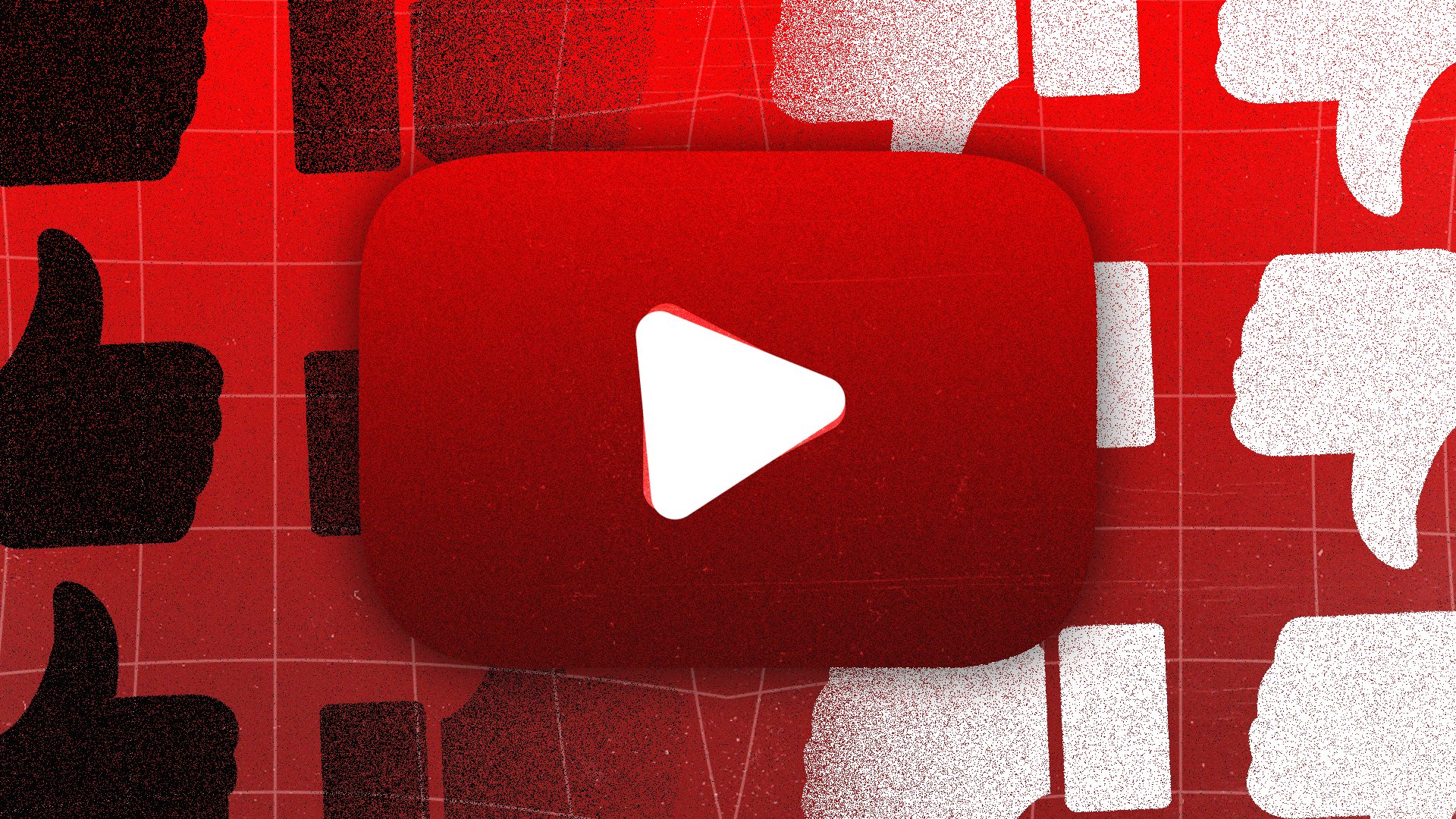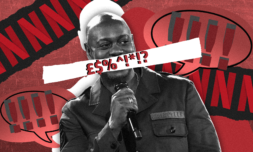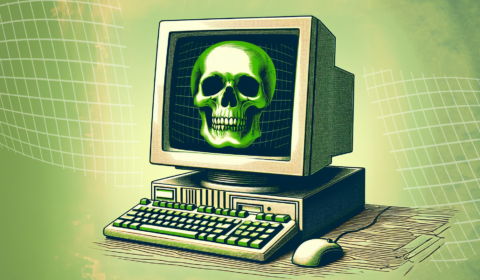YouTube has announced that dislikes will no longer be visible as an attempt to combat ‘targeted harassment’. Is this a move to genuinely help creators or is it pandering to corporate sponsors and brands?
YouTube has begun hiding dislikes from viewers on all videos. The company says it has made the move to prevent targeted harassment, and to ‘promote respectful interactions between viewers and creators’.
This news has already faced backlash from commentators on both YouTube and Twitter. The official announcement video on YouTube currently sits at 15k likes – though trying to gauge how many people have disliked it is now impossible.
While the pushback is intense, there are some legitimate reasons why YouTube may have decided to take this route, both in the name of self-interest and to protect creators. The company says it ‘ultimately has a responsibility to protect its community’ and has made clear that this is the driving reason for this change.
Creators, meanwhile, say that removing dislikes only serves to shield advertisements and brands from legitimate criticism, and erodes the democratic power of viewers. With no way to express themselves publicly, how are viewers supposed to tell what is a high or low quality video?
Let’s take a look at both sides of the coin. Is YouTube making a mistake, or is this simply another step toward a more brand-friendly and mainstream platform?
The argument for removing dislikes
First and foremost, YouTube has based its decision on apparent creator feedback. It says that dislikes were causing distress for certain channels and encouraging intense, mob-like behaviour.
Think of it as a similar phenomenon to Metacritic review bombing, whereby users flood a game or film with intensely negative reviews in order to bring the aggregated score down to an extreme low. The latest example of this is the GTA Definitive Edition trilogy, which has an overall user score of less than 1.
Incidents of this nature on YouTube are not too commonplace, at least as far as mainstream channels go, but both Shane Dawson and James Charles have been victims of this sudden rush of dislikes and subscription removals in the (relatively) recent past.
Elsewhere, you’ll find many videos with a 90% dislike ratio, usually on news channels such as the BBC, Sky, and Channel 4. Almost every one of their videos are swamped with dislikes and vaguely right-wing conspiracy ‘fake news’ comments that disregard any and all content.
In the last few weeks, Travis Scott has been hit with a mountain of dislikes on his recent ‘Escape Plan’ music video, due to the Astroworld incident where ten people died. It’s likely that YouTube wants to prevent a ‘snowball’ effect where thousands or millions of users dislike videos just for the sake of it – or do so because everyone else is.
Then there are the unspoken reasons. A big one is brand sponsorships, advertisements, and endorsements. With users no longer able to view dislikes or gauge the overall public perception to a promotional video, it is easier for companies to save face and retain commercial integrity.
Remember Kendall Jenner and the Pepsi activism fiasco? There’ll be less of that going on if we can’t see the level of dislikes.




















